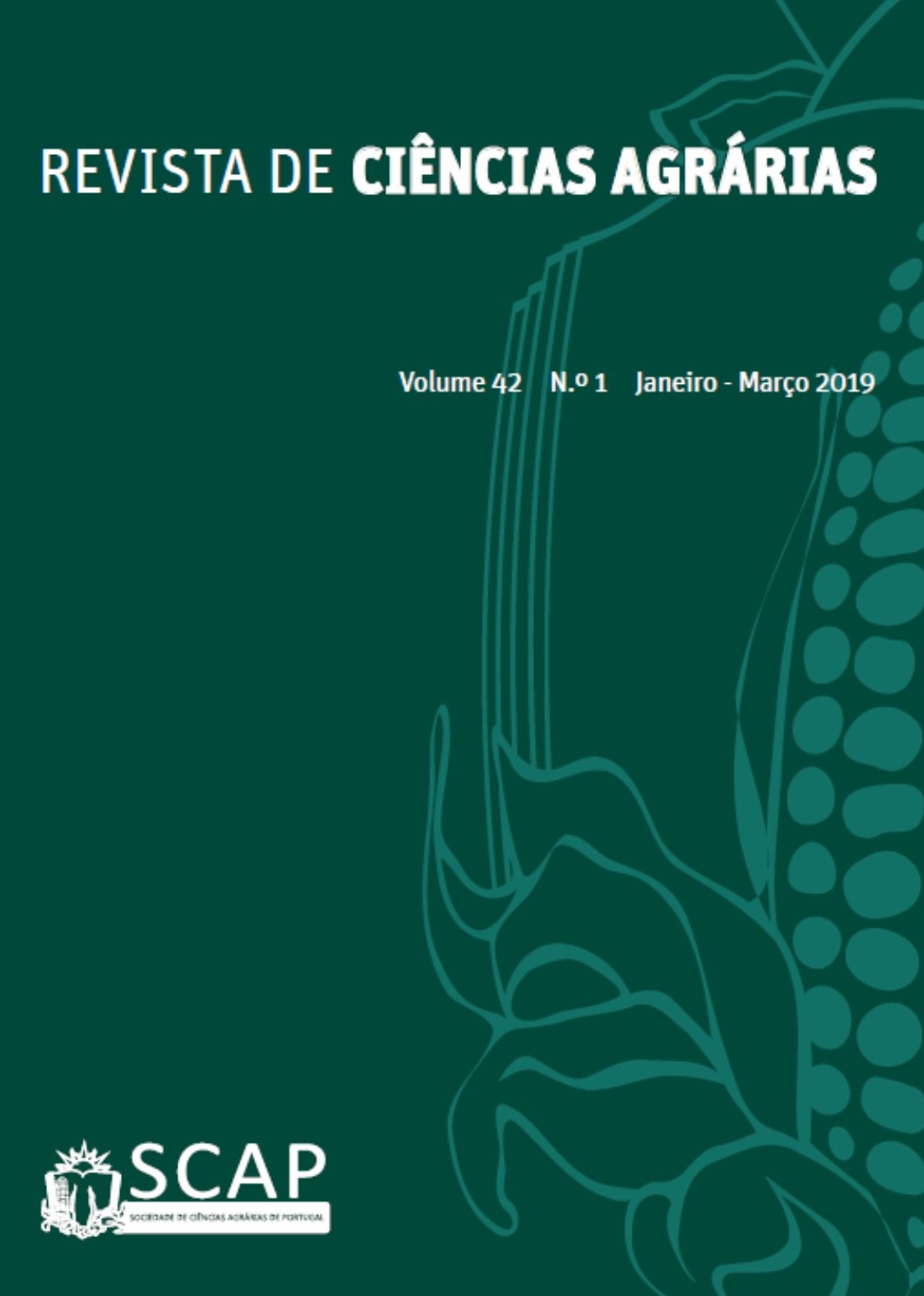Application and effect antioxidant of gallic acid on the quality of wheat seeds
DOI:
https://doi.org/10.19084/RCA18184Abstract
The polyphenol, gallic acid (3,4,5-trihydroxybenzoic acid), is a compound with recognized antioxidant activity that reduces reactive oxygen species (ROS) by means of anti-radical mechanisms or by chelation of metals. The objective of this work was to evaluate the antioxidant effect and the application process of gallic acid in wheat seeds. Wheat seeds ‘BRS 264’ received five treatments of gallic acid application in five different doses. The seeds were submitted to the accelerated aging test and then the germination, first germination count, length (shoot and root) and seedling mass were evaluated. Four replicates of 50 seeds were used, analyzed in a 5 x 5 factorial scheme (five forms of application of gallic acid x five doses of the same). Data were submitted to the Shapiro-Wilk test, analysis of variance and test LSD (5%). Doses of 0.10; 1.00 and 10.00 mg L-1 are recommended in the different forms of gallic acid application. Gallic acid has antioxidant action for use in agriculture; wheat seeds soaked in solution of this antioxidant, express greater germination and vigor, even when subjected to accelerated aging.


